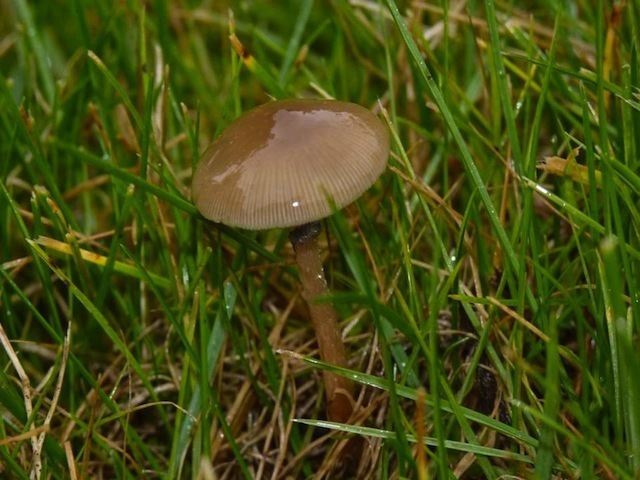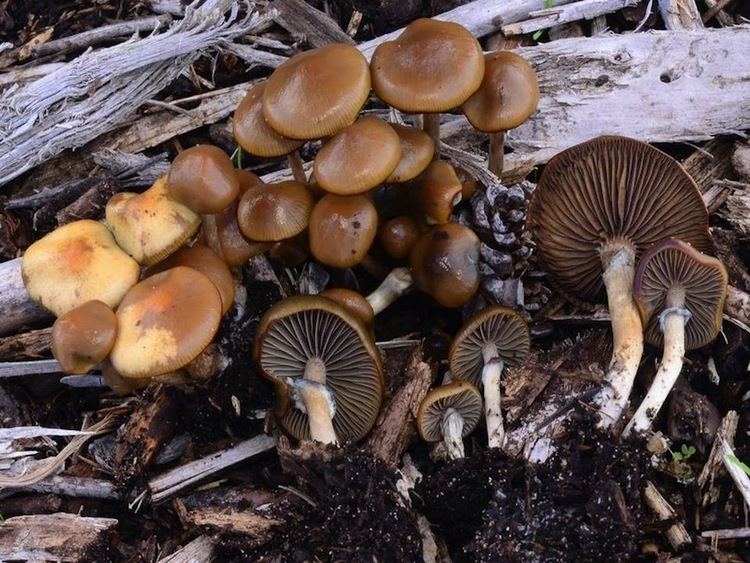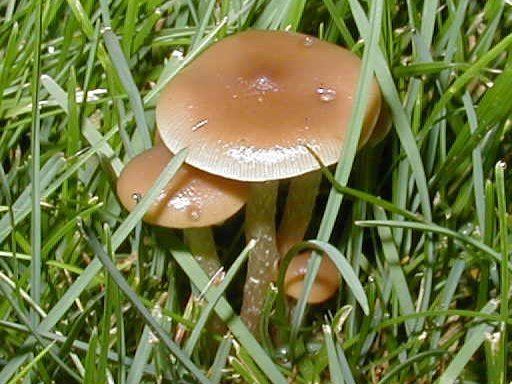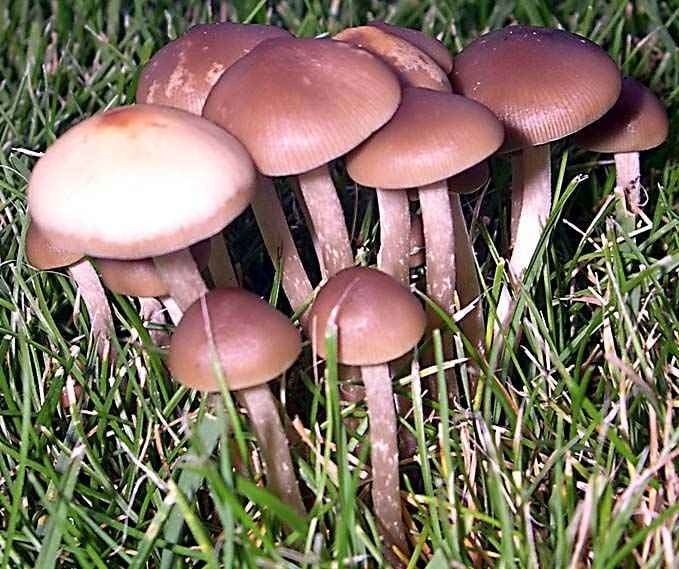Kingdom Fungi Class Agaricomycetes | Division Basidiomycota Order Agaricales Genus Psilocybe Rank Species | |
 | ||
Similar Psilocybe baeocystis, Psilocybe cyanofibrillosa, Psilocybe fimetaria, Psilocybe silvatica, Psilocybe azurescens | ||
Psilocybe stuntzii, also known as Stuntz's Blue legs and Blue Ringers it is a psilocybin mushroom of the Hymenogastraceae family, having psilocybin and psilocin as main active compounds.
Contents

It is in the section Stuntzae, other members of the section include Psilocybe caeruleoannulata, Psilocybe meridionalis, Psilocybe mescaleroensis, Psilocybe ovoideocystidiata, Psilocybe rostrata, Psilocybe subaeruginascens, Psilocybe subaeruginascens var. septentrionbalis and Psilocybe uruguayensis.

Etymology and history

The mushroom is named in honor of mycologist Daniel Stuntz of the University of Washington. It was originally identified growing on the University of Washington campus. Also known as Psilocybe pugetensis.
Description

Habitat and distribution

Psilocybe stuntzii is found growing scattered to gregarious to cespitose, rarely solitary, in conifer wood chips and bark mulch, in soils rich in woody debris, and in new lawns of freshly laid sod or any newly mulched garden throughout the western region of the Pacific Northwest. From late July through December, has been observed growing all year long in the Seattle, Washington area, also reported from California, rarely as far south as Santa Cruz. There was a time when this mushroom appeared in over 40 percent of all new lawns and mulched in areas in the Puget Sound region of the Pacific Northwest. Due to a disappearance of pastures south of Seattle in the Tukwila-Kent-Auburn areas, this mushroom now only appears sporadically in certain new lawns which are well fertilized and manicured.
Edibility

This mushroom is hallucinogenic and is therefore considered inedible. Additionally, it closely resembles the highly toxic Galerina marginata, and several poisonings have been attributed to collectors consuming G. marginata after mistaking them for hallucinogenic P. stuntzii.
